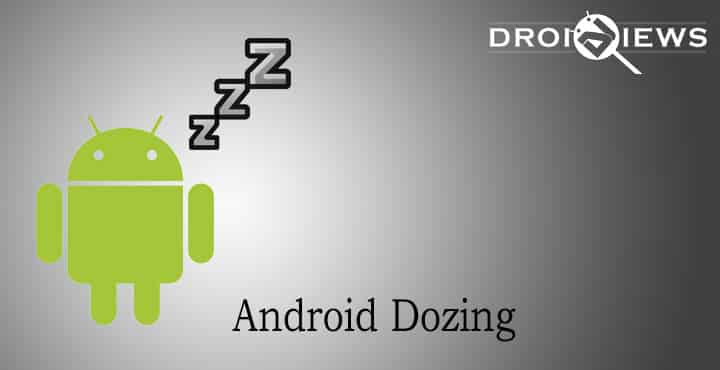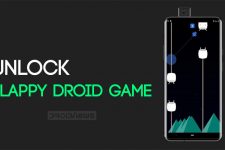
Android 6 or Marshmallow has begun its gradual roll out to Android devices, the first being Nexus of course. While all across the Android community are excited about the new offerings. We too are excited about it but more so for one particular update. We are because it’s a feature that every user will benefit from; unlike the Tap Pay which still needs time to mature, or the fingerprint which still might be limited to high-end devices. Chances are you’ve already seen the title and banner image. So let’s do away with the suspense. It’s the Doze feature.
The Doze Mode has already garnered enough attention but there are folks who are confusing it with the Do Not Disturb mode on the iPhone which it is not. The DND feature on iPhone just blocks/ignores notifications for a set period. This feature is already present in Android through the All Notifications / Priority / No notifications. So what does this Doze Mode do?
Google’s perpetual efforts and promises are literally expected to be fulfilled by sleeping, or in Google’s terms Dozing. The feature was announced at Google I/O for Android M. It intelligently powers down your Android device when it’s not in use for a long duration, which thereby extends the standby period significantly. Doze mode basically forces apps & processes to stay asleep when the device is not in use, which not only prevents them from syncing but also prevents them from draining the battery while running in the background.
In Google’s words, it is “trading a little bit of app freshness for longer battery life”. The testing phases on Nexus 9 reportedly show two times longer standby on devices running Android M. A number of sources & forums are already backing the theory of its effectiveness. Ars Technica’s Ron wrote, “it does greatly increase the amount of time an Android device will survive on a table” while stating that the consumption during active usage shall remain unaffected.
Users at Reddit also backed the claims, with one user citing that enabling the Doze mode on his Nexus 5 & leaving it unplugged throughout the night; he woke up to find just 1 percentage point [hard to believe, right?], with another that user commenting that he found 2 points down. Regardless, all these reports are definitely positive.
This feature will be complemented further with support for USB Type C which is supposed to accelerate device charging in a major way. Google’s bold promise is that of 3 to 4 times faster charging. If early impressions are to be evaluated, Google has more than delivered on its battery life promise. Although this won’t solve all battery-related problems but it will definitely be a backup if you forget to plug in your device overnight.



Join The Discussion: